
Days of Future Passed
These days, historical milestones seem to pop up every few weeks on the evening news. Recent ones include the 77th anniversary of Orson Welles’ War of the Worlds broadcast and the 25th anniversary of Back to the Future II, in which media pundits pondered how accurate — or mostly inaccurate — its predictions were. Bay sailing had a few historical milestones of its own in 2015. Check them out:
100 years ago
The 1915 Pan Pacific Exposition opened in February and ran through December. Created in part to celebrate the opening of the Panama Canal, and in part to celebrate the City’s recovery from the great earthquake of 1906, the massive international fair occupied 635 acres of prime waterfront stretching from Van Ness to the Presidio. Among the wonders and demonstrations were a telephone line to New York City, the actual Liberty Bell (on its last trip away from Philadelphia), the first airplanes flying overhead (which many people had never seen), and sailboat races out of what would become the San Francisco Marina. Sailboats also appeared on many of the commemorative coins created for the Expo. An exhibit on the Pan Pacific Expo at the de Young Museum in San Francisco continues through January 10, 2016.
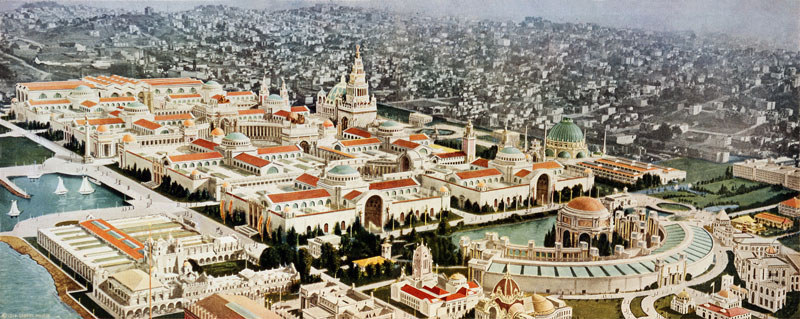
75 years ago
Another International Fair, this one held on 400 acres of the newly-created Treasure Island, once again drew millions of people from near and far to the Bay Area. The Golden Gate International Exposition of 1939-40 was originally planned to celebrate the Bay’s two newest bridges, the Golden Gate and Bay Bridge. But once plans got underway, it became more of a Pacific Rim celebration — and had the added benefit of employing thousands of people during the Great Depression. At this one, you could actually get a ride in an airplane. (The long-term plan for TI was to make it into San Francisco’s main airport. Thankfully, the Navy took it over when the war started.) Sailboat races and demonstrations were held in present-day Clipper Cove.
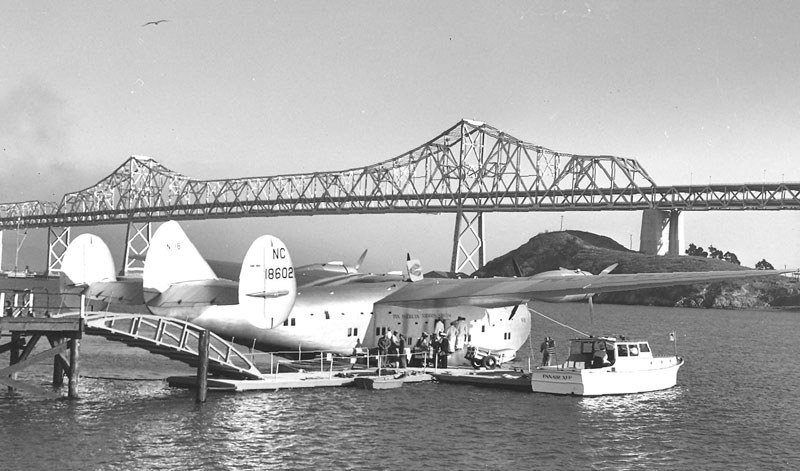
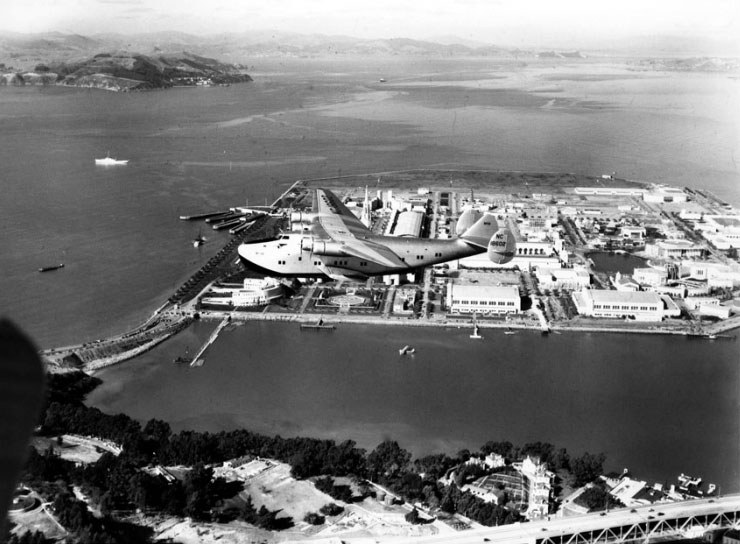
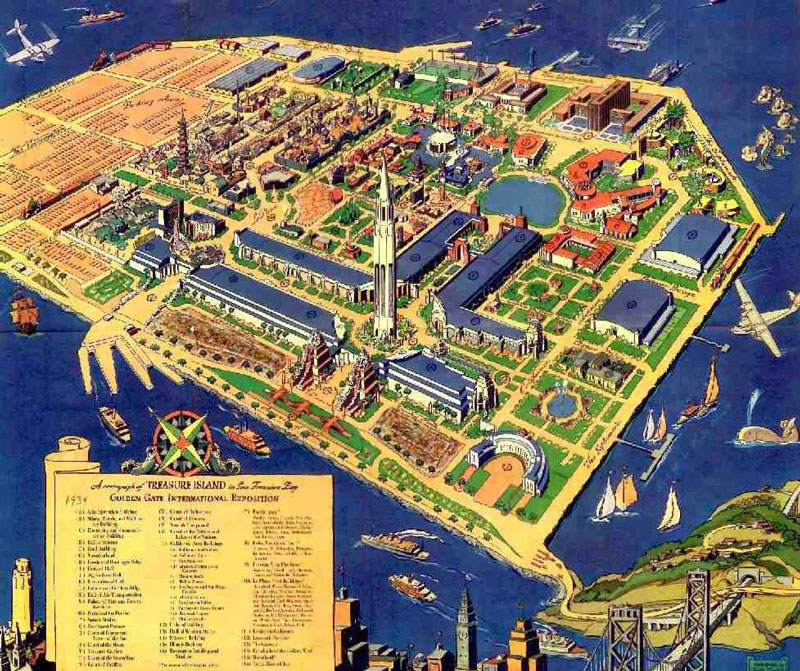
50 years ago
The modern version of the Master Mariners Regatta was revived in 1965. In its original form in the 1800s, the competition was between working ships and all monies raised went to disabled mariners and the families of sailors lost at sea. In the ‘new’ form, it’s a competition between vintage sailboats that were designed and built before World War II, or built using pre-war methods and designs. The regatta, held on the Saturday of Memorial Day weekend, is still one of the great spectacles of Bay sailing.
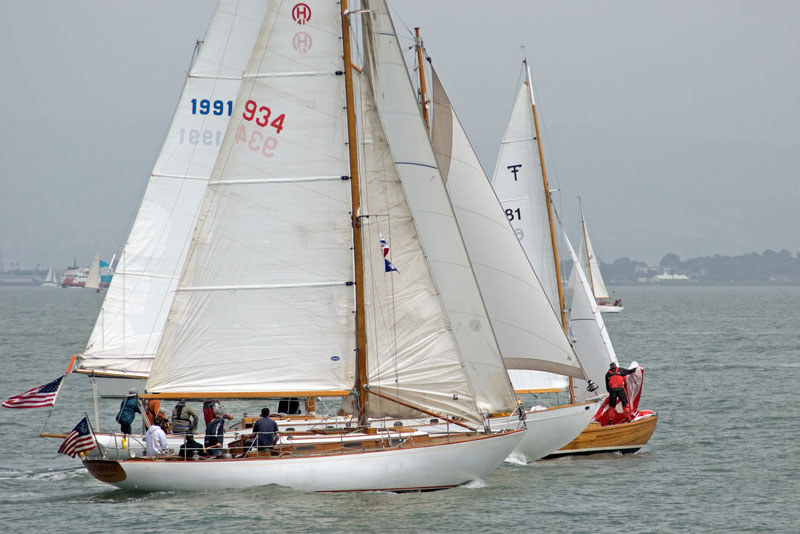
©Latitude 38 Media, LLC
135 years back to the future
Even when it was built, engineers knew Treasure Island would sink slowly back into the Bay. According to current sea-level rise models (and unless steps are taken to prevent it), Treasure Island will begin to submerge in the year 2150.
